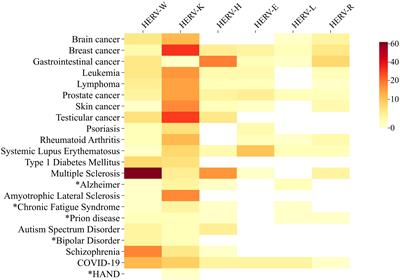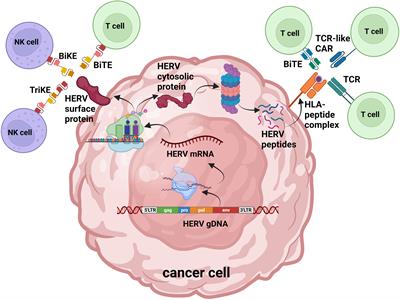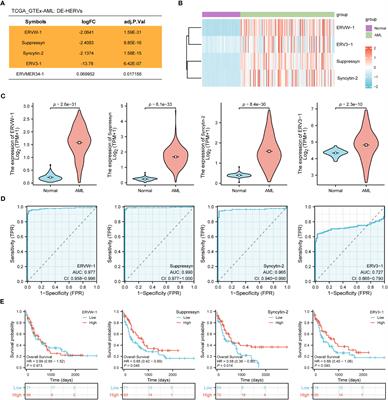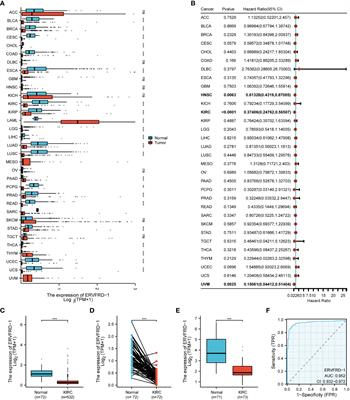EDITORIAL
Published on 08 Jul 2024
Editorial: The evolution, characterization, and role of human endogenous retroviruses in health and diseases
doi 10.3389/fcimb.2024.1449864
- 788 views
2,999
Total downloads
26k
Total views and downloads
EDITORIAL
Published on 08 Jul 2024
REVIEW
Published on 09 Apr 2024

REVIEW
Published on 06 Feb 2024

ORIGINAL RESEARCH
Published on 11 Jan 2024

ORIGINAL RESEARCH
Published on 13 Sep 2023
